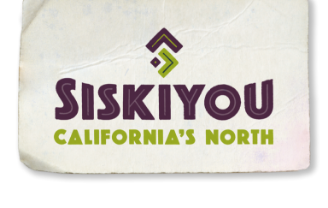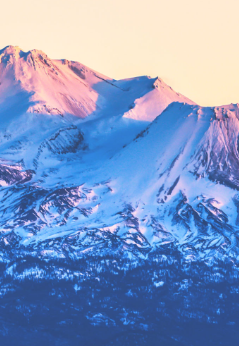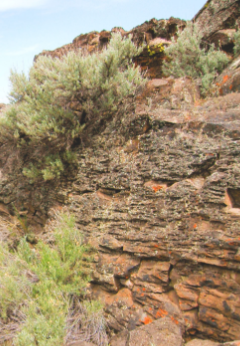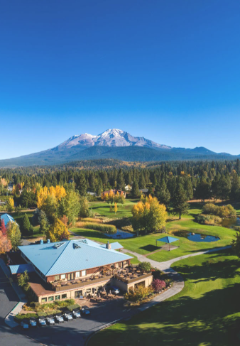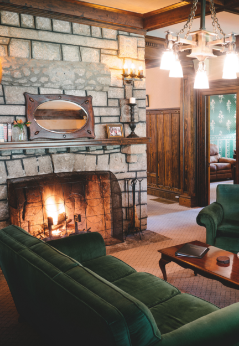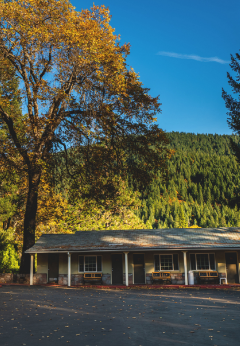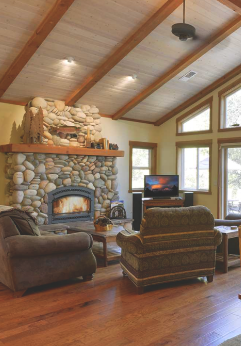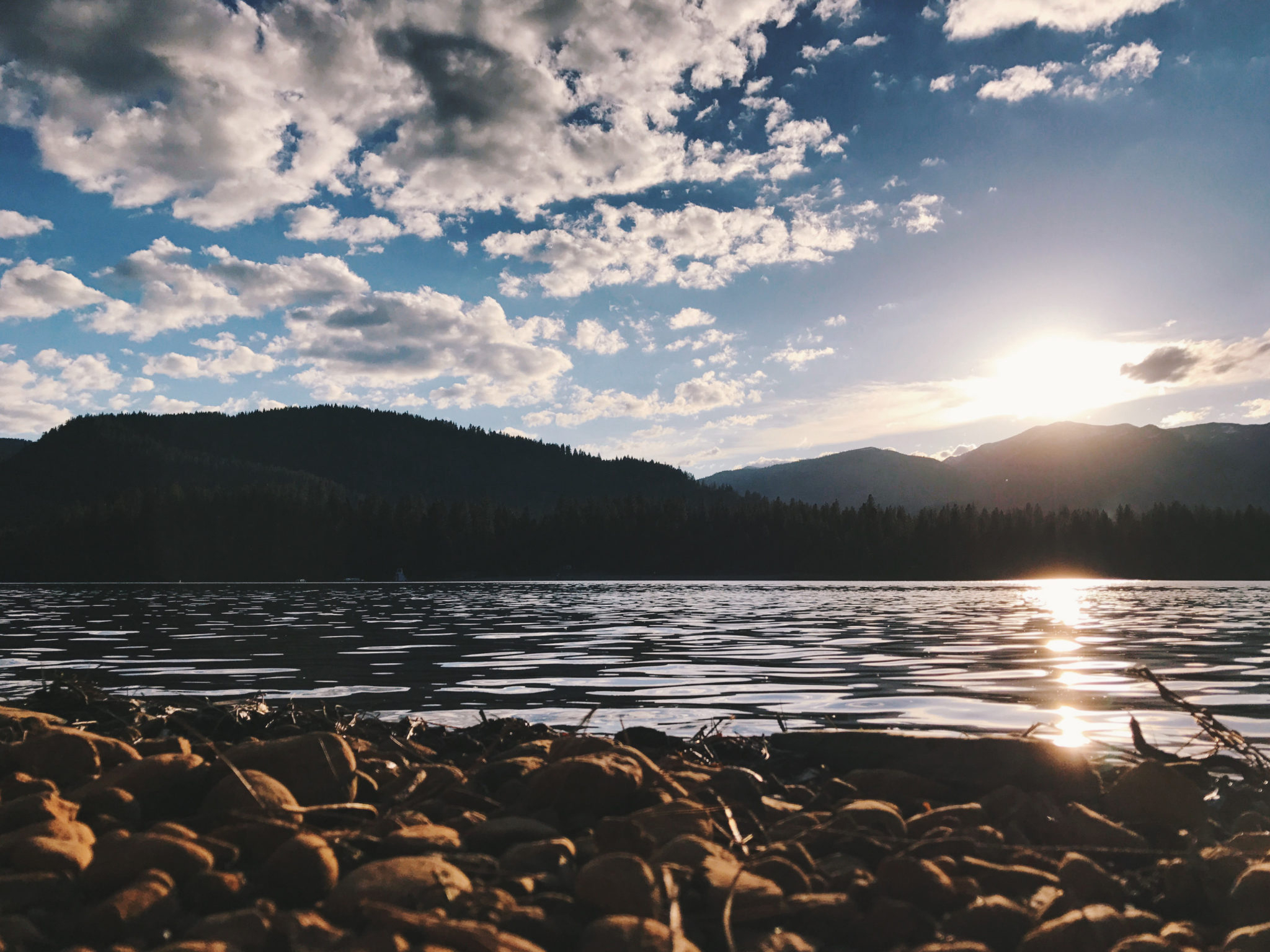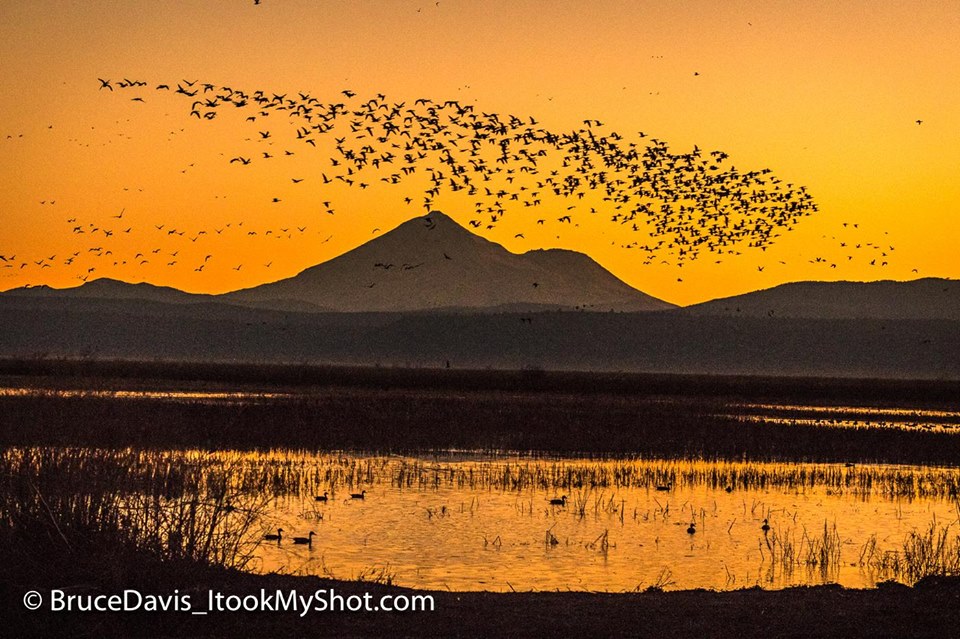U.S. Fish & Wildlife Service Klamath Basin National Wildlife Refuge Complex
The Klamath Basin Refuge Complex is made up of six (6) individual refuges all managed from one main office located in Tulelake, CA. The following are the descriptions of our individual refuges:
•Lower Klamath NWR, established by President Theodore Roosevelt in 1908, Lower Klamath Refuge is our nation’s first waterfowl refuge. This 46,900 acre Refuge is a varied mix of shallow freshwater marshes, open water, grassy uplands, and croplands that are intensively managed to provide feeding, resting, nesting, and brood rearing habitat for waterfowl and other water birds.
•Clear Lake NWR, Established in 1911, this 46,460 acre Refuge consists of approximately 20,000 acres of open water surrounded by upland habitat of bunchgrass, low sagebrush, and juniper. Small rocky islands in the lake provide nesting sites for the American white pelican, double-crested cormorant, and other colonial nesting birds. The upland areas serve as habitat for pronghorn antelope, mule deer, and sage grouse.
•Upper Klamath NWR, was established in 1928 and is comprised of 15,000 acres of mostly freshwater marsh and open water. These habitats serve as excellent nesting and brood rearing areas for waterfowl and colonial nesting birds including American white pelican and several heron species.
•Tule Lake NWR, established in 1928, Tule Lake Refuge encompasses 39,116 acres of mostly open water and croplands. Approximately 17,000 acres are leased by farmers under a program administered by the U.S. Bureau of Reclamation. Refuge permit holders farm another 1,900 acres of cereal grain and alfalfa. These crops, together with the waste grain and potatoes from the lease program are a major food source for migrating and wintering waterfowl
•Klamath Marsh NWR, established in 1958, consists of 40,646 acres (164 km) of freshwater marsh and adjacent meadows.
•Bear Valley NWR, Bear Valley Refuge was established in 1978 to protect a vital night roost site for wintering bald eagles. The Refuge consists of 4,200 acres, primarily of old growth ponderosa pine, incense cedar, white and Douglas fir. These mature stands of trees have open branching patterns of large limbs which allow easy eagle access and can support many birds.
•Klamath Marsh NWR, Klamath Marsh Refuge was established in 1958 when approximately 16,400 acres were purchased from the Klamath Indians with Federal Duck Stamp Funds. In 1990 and 1998, additional acquisitions boosted Refuge acreage to 40,646. Originally designated as Klamath Forest National Wildlife Refuge, the Refuge was recently renamed as virtually all of the historic Klamath Marsh now lies within Refuge boundaries. This large natural marsh provides important nesting, feeding, and resting habitat for waterfowl, while the surrounding meadowlands are attractive nesting and feeding areas for sand hill crane, yellow rail, and various shorebirds and raptors.
Hours: Daily, 9am – 4pm
Photo Credit: Klamath Basin Refuges Facebook
Current Weather

